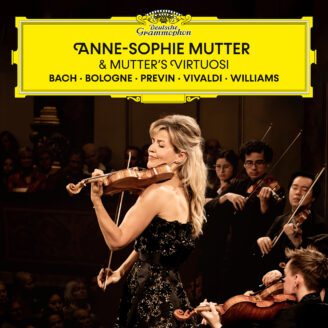Gran Cadenza is a complete and fully notated work significantly exceeding the solo cadenza of an instrumental concerto. Still, it reflects elements of free traditional musical forms as might be found in a cadenza, capriccio or fantasy. The reference to the cadenza is also established via the display of virtuoso abilities by two soloists, which points to the Latin ‘concertare’, denoting a concert or dispute, but also balance and cooperation. Gran Cadenza relishes in many different forms of interaction – conflict, dialogue and fusion; its form arises through flowing contrasts and various transitions between these different states.
The piece opens with striking and abrupt gestures in the second violin, which are juxtaposed – in total contrast – with ethereal, ornamental figures in the first violin, apparently improvised. After a while the first violin abruptly ‘attacks’ the second, and virtuoso musical battles and skirmishes ensue, with all kinds of fragmented, cadenza-like stock phrases flashing by. Finally both soloists come together, in sequences of descending chords; the entire kinetic energy comes to a quasi-standstill, merging in triad-like harmonies of alienated sounds, offered in alternation and competition by both violins. This is followed by a sudden surge in energy, including ornamental interjections in which short fragments appear as echoes of earlier motifs or in anticipation of later developments.
After a sudden crescendo, a contrasting middle section offers a lengthy passage of involuntary stasis, in which both violins merge to form a ‘super-instrument’. The second violin offers a melody which is ornamented with overtones by the first; the tempo gradually increases, with both violins playing different but complementary melodic lines. Time and again, the sequence is interrupted by reminiscences of the piece’s beginning, of striking chords and virtuosic and improvisational fragments; ultimately both lines merge in a quick and dense movement in the middle range, resembling a carpet of sound. This fabric, even if it is interrupted by sudden, flashing fragments, spreads inexorably through various ranges, taking on increasingly virtuosic forms until it is suddenly interrupted by pizzicati and the entire movement comes to an abrupt standstill.
Translation: Alexa Nieschlag – © 2021 Maris Gothoni

